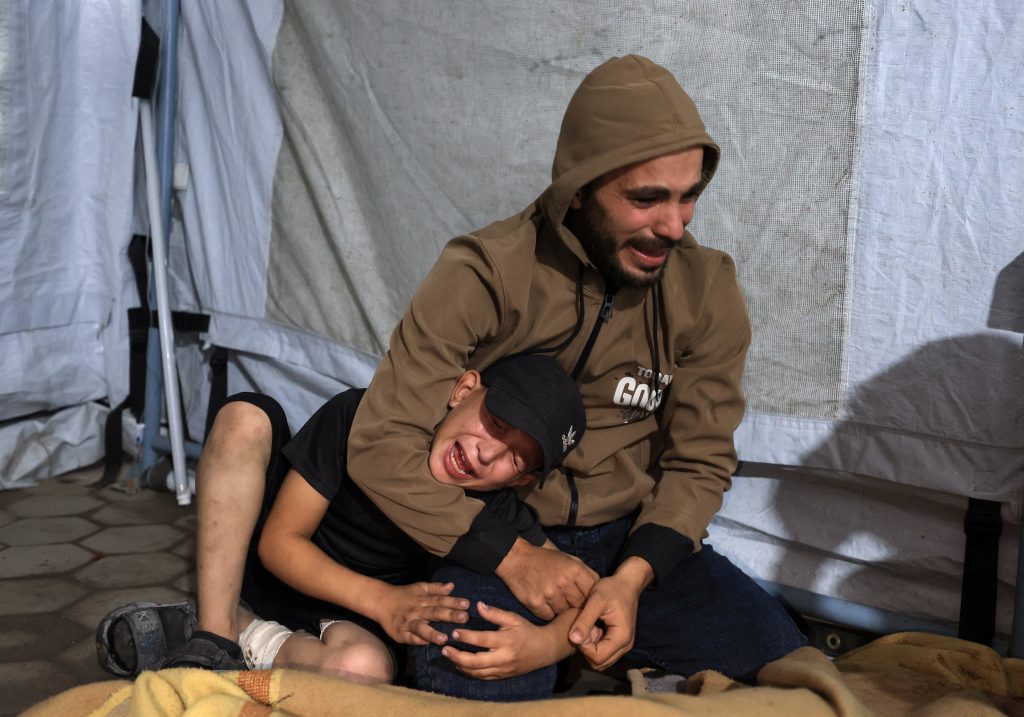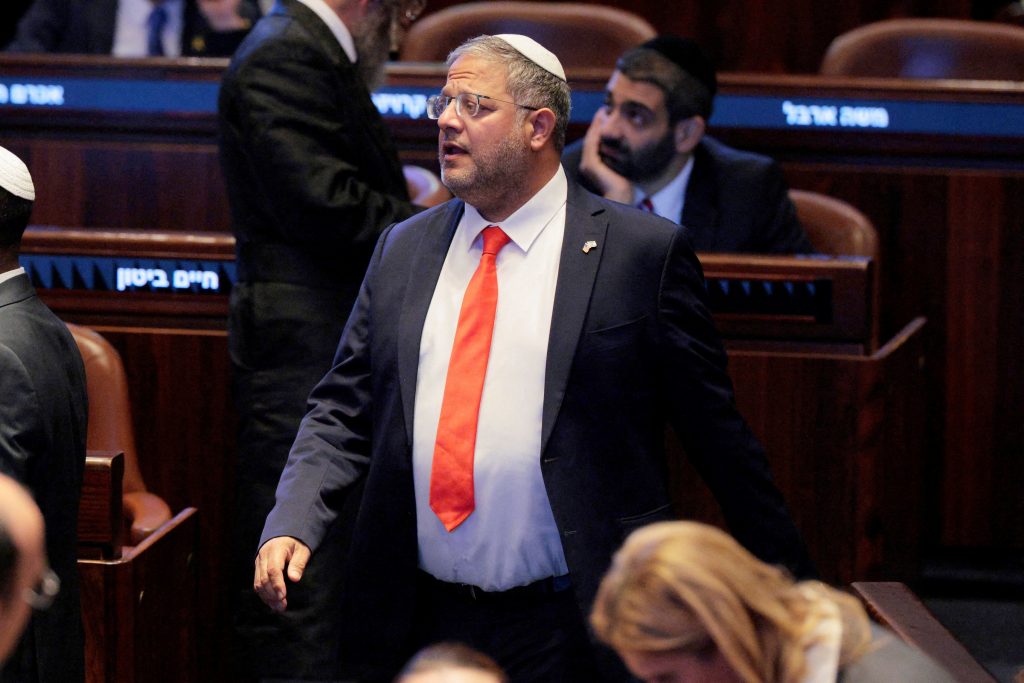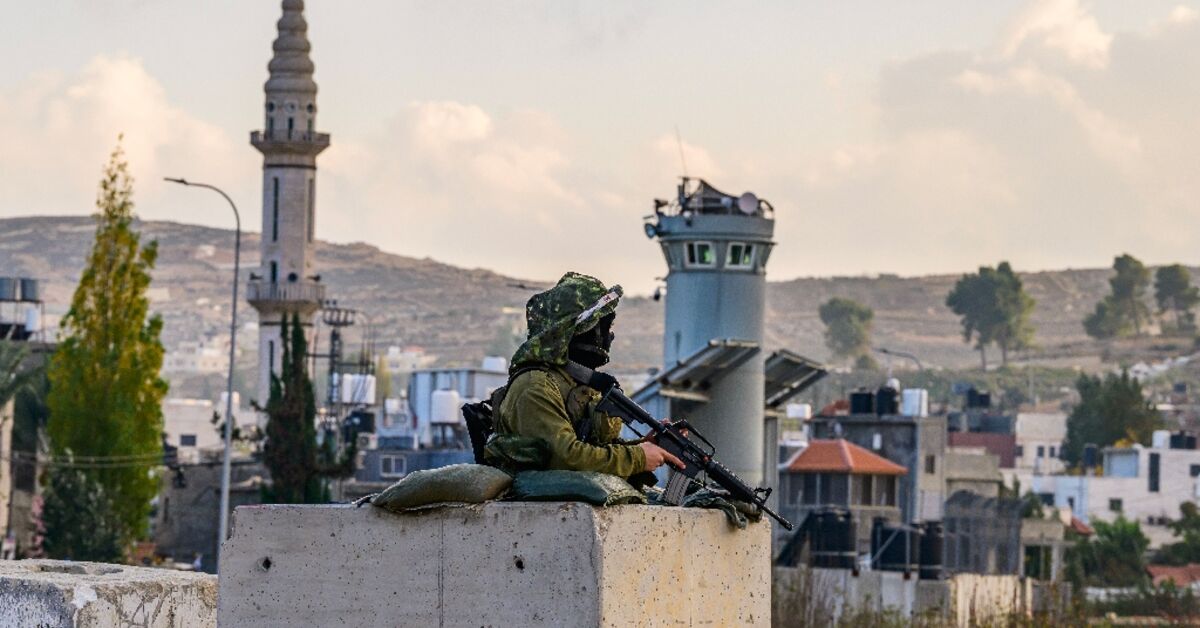The flimsy moral pretext today is the
fight against narcotics, yet the real objective is to overthrow a
sovereign government, and the collateral damage is the suffering of the
Venezuelan people. If this sounds familiar, that’s because it is.
The United States is dusting off its old regime-change playbook in Venezuela.
Although the slogan has shifted from “restoring democracy” to “fighting
narco-terrorists,” the objective remains the same, which is control of
Venezuela’s oil. The methods followed by the US are familiar: sanctions
that strangle the economy, threats of force, and a $50 million bounty
on Venezuelan President Nicolás Maduro as if this were the Wild West.
The US is addicted to war. With the renaming of the Department of War, a proposed Pentagon budget of $1.01 trillion,
and more than 750 military bases across some 80 countries, this is not a
nation pursuing peace. For the past two decades, Venezuela has been a
persistent target of US regime change. The motive, which is clearly laid
out by President Donald Trump, is the roughly 300 billion barrels of oil reserves beneath the Orinoco belt, the largest petroleum reserves on the planet.
In 2023, Trump openly stated: “When
I left, Venezuela was ready to collapse. We would have taken it over,
we would have gotten all that oil… but now we’re buying oil from
Venezuela, so we’re making a dictator very rich.” His words reveal
the underlying logic of US foreign policy that has an utter disregard
for sovereignty and instead favors the grabbing of other country’s
resources. .
What’s underway today is a typical US-led regime-change operation
dressed up in the language of anti-drug interdiction. The US has amassed
thousands of troops, warships, and aircraft in the Caribbean Sea and the Pacific Ocean. The president has boastfully authorized the CIA to conduct covert operations inside Venezuela.
On October 26, 2025, Sen. Lindsey Graham (R-S.C.) went on national television to defend recent US military strikes on Venezuelan vessels and to say land strikes inside Venezuela and Colombia are a “real possibility.” Florida Sen. Rick Scott, in the same news cycle, mused that if he were Nicolás Maduro he’d “head to Russia or China right now.” These senators aim to normalize the idea that Washington decides who governs Venezuela and what happens to its oil. Remember that Graham similarly champions the US fighting Russia in Ukraine to secure the $10 trillion of mineral wealth that Graham fatuously claims are available for the US to grab.
Nor are Trump’s moves a new story vis-à-vis Venezuela. For more than
20 years, successive US administrations have tried to submit Venezuela’s
internal politics to Washington’s will. In April 2002, a short-lived
military coup briefly ousted then-President Hugo Chávez. The CIA
knew the details of the coup in advance, and the US immediately
recognized the new government. In the end, Chávez retook power. Yet the
US did not end its support for regime change.
In March 2015, Barack Obama codified a remarkable legal fiction. Obama signed Executive Order 13692,
declaring Venezuela’s internal political situation an “unusual and
extraordinary threat” to US national security to trigger US economic
sanctions. That move set the stage for escalating coercion by the US.
The White House
has maintained that claim of a US “national emergency” ever since.
Trump added increasingly draconian economic sanctions during his first
term. Astoundingly, in January 2019, Trump declared Juan Guaidó, then an
opposition figure, to be Venezuela’s “interim president,” as if Trump
could simply name a new Venezuelan president. This tragicomedy of the US
eventually fell to pieces in 2023, when the US dropped this failed and
ludicrous gambit.
The US is now starting a new chapter of resource grabbing. Trump has long been vocal about “keeping the oil.” In 2019, when discussing Syria, President Trump said “We are keeping the oil, we have the oil, the oil is secure, we left troops behind only for the oil.” To those in doubt, US troops are still in the northeast of Syria today, occupying the oil fields. Earlier in 2016, on Iraq’s oil, Trump said, “I
was saying this constantly and consistently to whoever would listen, I
said keep the oil, keep the oil, keep the oil, don’t let somebody else
get it.”
Now, with fresh military strikes on Venezuela vessels and open talk
of land attacks, the administration is invoking narcotics to justify
regime change. Yet Article 2(4) of the United Nations Charter expressly prohibits “the threat or use of force against the territorial integrity or political independence of any state.” No US theory of “cartel wars” remotely justifies coercive regime change.
Even before the military strikes, US coercive sanctions have
functioned as a siege engine. Obama built the sanctions framework in
2015, and Trump further weaponized it to topple Maduro. The claim was
that “maximum pressure” would empower Venezuelans. In practice, the
sanctions have caused widespread suffering. As economist and renowned
sanctions expert Francisco Rodríguez
found in his study of the “Human Consequences of Economic Sanctions,”
the result of the coercive US measures has been a catastrophic decline
in Venezuelan living standards, starkly worsening health and nutrition,
and dire harm to vulnerable populations.
The flimsy moral pretext today is the fight against narcotics, yet
the real objective is to overthrow a sovereign government, and the
collateral damage is the suffering of the Venezuelan people. If this
sounds familiar, that’s because it is. The US has repeatedly undertaken
regime-change operations in pursuit of oil, uranium, banana plantations,
pipeline routes, and other resources: Iran (1953), Guatemala (1954), Congo (1960), Chile (1973), Iraq (2003), Haiti (2004), Syria (2011), Libya (2011), and Ukraine (2014), just to name a few such cases. Now Venezuela is on the block.
In her brilliant book Covert Regime Change
(2017), Professor Lindsay O’Rourke details the machinations, blowbacks,
and disasters of no fewer than 64 US covert regime-change operations
during the years 1947-1989! She focused on this earlier period because
many key documents for that era have by now been declassified.
Tragically, the pattern of a US foreign policy based on covert (and
not-so-covert) regime-change operations continues to this day.
The calls by the US government for escalation reflect a reckless
disregard for Venezuela’s sovereignty, international law, and human
life. A war against Venezuela would be a war that Americans do not want,
against a country that has not threatened or attacked the US, and on
legal grounds that would fail a first-year law student. Bombing vessels,
ports, refineries, or soldiers is not a show of strength. It is the
epitome of gangsterism.
Reprinted from Common Dreams.
Jeffrey D. Sachs is a University Professor and Director of the
Center for Sustainable Development at Columbia University, where he
directed The Earth Institute from 2002 until 2016. He is also President
of the UN Sustainable Development Solutions Network and a commissioner
of the UN Broadband Commission for Development. He has been advisor to
three United Nations Secretaries-General, and currently serves as an SDG
Advocate under Secretary-General Antonio Guterres. Sachs is the author,
most recently, of A New Foreign Policy: Beyond American Exceptionalism (2020). Other books include: Building the New American Economy: Smart, Fair, and Sustainable (2017), and The Age of Sustainable Development, (2015) with Ban Ki-moon.
Sybil Fares is a specialist and advisor in Middle East policy and sustainable development at SDSN.




 A general view of the extensive destruction in the Zeitoun
neighborhood, southeast of Gaza City, on November 17, 2025. (Photo: Omar
Ashtawy/APA Images)
A general view of the extensive destruction in the Zeitoun
neighborhood, southeast of Gaza City, on November 17, 2025. (Photo: Omar
Ashtawy/APA Images)





